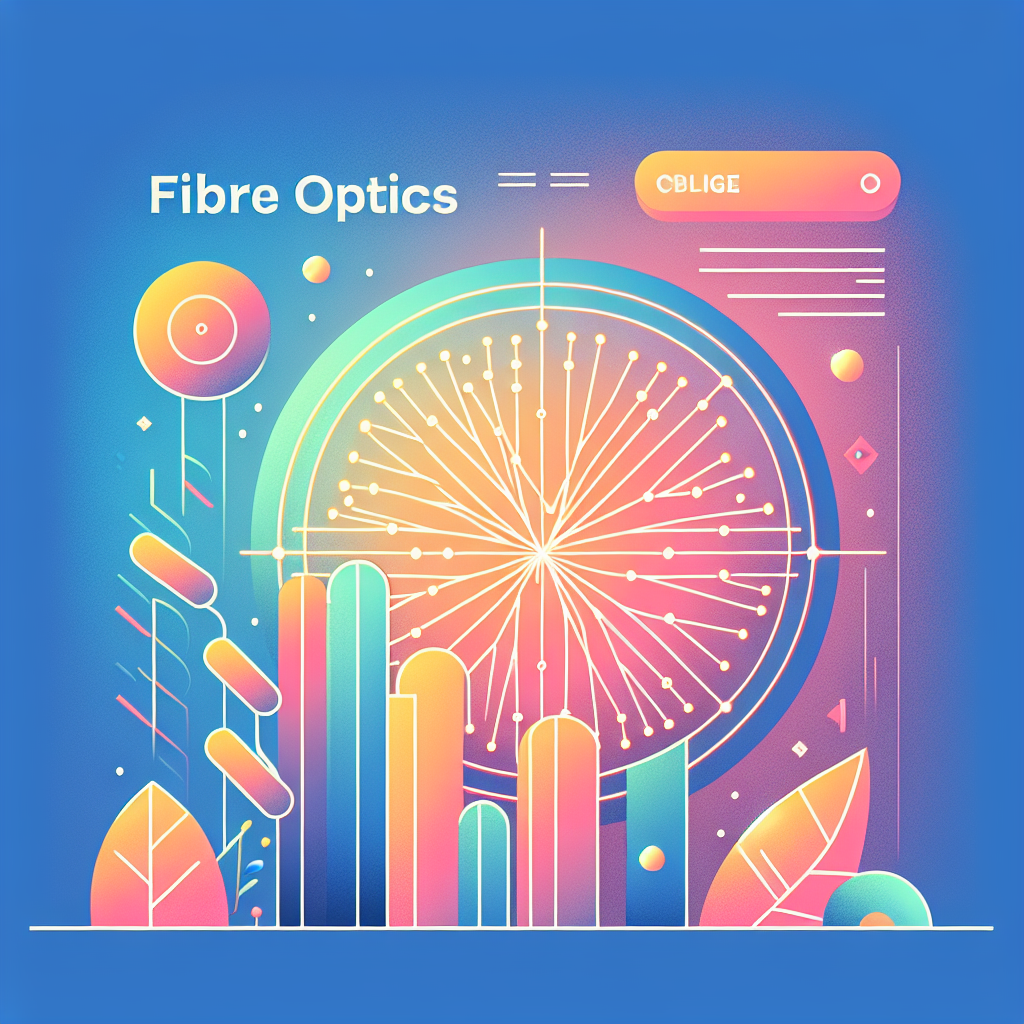Fibre optics is a technology that uses thin strands of glass or plastic to transmit data as pulses of light. This method of communication offers several advantages over traditional copper cables, including higher bandwidth, faster speeds, and improved resistance to electromagnetic interference.

Key Components of Fibre Optics
1. Core: The central part of the fibre where the light travels.
2. Cladding: The layer surrounding the core that reflects light back into the core, keeping it contained.
3. Buffer Coating: A protective layer that safeguards the fibre from damage and environmental factors.
Types of Fibre Optic Cables
– Single-mode fibre: Designed for long-distance communication, allowing a single light mode to pass through.
– Multi-mode fibre: Suitable for shorter distances, allowing multiple light modes to travel simultaneously.
Applications of Fibre Optics
– Telecommunications: Used for internet and phone services, enabling high-speed data transfer.
– Medical: Employed in various medical instruments, including endoscopes and laser surgeries.
– Industrial: Utilized in sensors and monitoring systems for various industrial applications.
Advantages of Fibre Optics
– Higher Bandwidth: Capable of carrying more data than traditional cables.
– Long Distance Transmission: Signals can travel longer distances without significant loss.
– Lightweight and Flexible: Easier to install in various environments.
Conclusion
Fibre optics is a vital technology in modern communication and various industries, revolutionizing how data is transmitted and paving the way for faster, more reliable connections.
AI-Assisted Content Disclaimer
This article was created with AI assistance and reviewed by a human for accuracy and clarity.




Leave a Reply